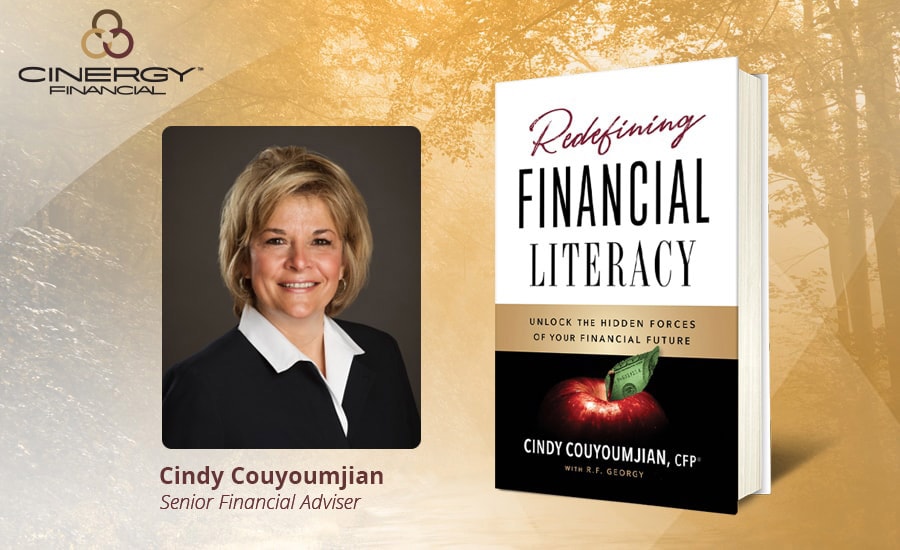When you look at the statistics surrounding the state of our collective financial literacy, you will begin to appreciate the magnitude of the problem. Consider the following:
- 40% of adults rate their own knowledge of personal finance as extremely low and state that they need guidance.
60% of adults have no budget. - Less than 50% of Americans live within their means or have saved for an emergency.
- More than 30% of Americans pay only the minimum on their credit card each month.
- The average American family’s credit card debt is $15,000, and they owe $33,000 in student loans.
- 85% of Americans are worried they are not ready for retirement.3
Financial Literacy in the Digital Age
What we are witnessing today appears to be nothing short of a social crisis, unprecedented in scope and far-reaching in its implications. Financial illiteracy does not, of course, occur in a vacuum. The financial planning industry spends around $17 billion a year to market products and services to consumers, but it spends only $670 million on educating those consumers4. Although many financial advisors recognize the problem of financial literacy, “only 4 in 10 advisors are doing anything to address the problem, meaning the majority are ignoring the issue.”5 The profound irony of our worsening financial literacy is that we live in the information age. Thanks to Google and other search engines, we live in a world with a near-infinite supply of information, and yet we cannot absorb knowledge the way we once did. Digital technology can give us the false impression that we are far more enlightened today than generations past. We are bombarded with trivia and struggle to separate it from crucial or even trustworthy information. This can lead to a sense of overconfidence that could be detrimental to your retirement goals. However, relying on a financial advisor blindly, without a basic understanding—or, arguably worse, only a basic understanding—of how the financial world operates, can affect your ability to ask relevant questions and make crucial decisions.
Sources
1. Douglas P. McCormick, “Financial Literacy—The Big Problem No One Is Talking About,” Huffpost.com, June 3, 2017. https://www.huffpost.com/entry/financial-literacythe-big_b_10264622.
2. “What Is the Financial Literacy Rates Around the World?” Howmuch.net, retrieved October 4, 2018. https://howmuch.net/articles/financial-literacy-around-the-world.
3. Ibid.
4. Greg Iacurci, “Financial Literacy: An Epic Fail in America,” Investmentnews.com, March 2, 2019. https://www.investmentnews.com/financial-literacy-an-epic-fail-in-america-78385.
5. Ibid.




